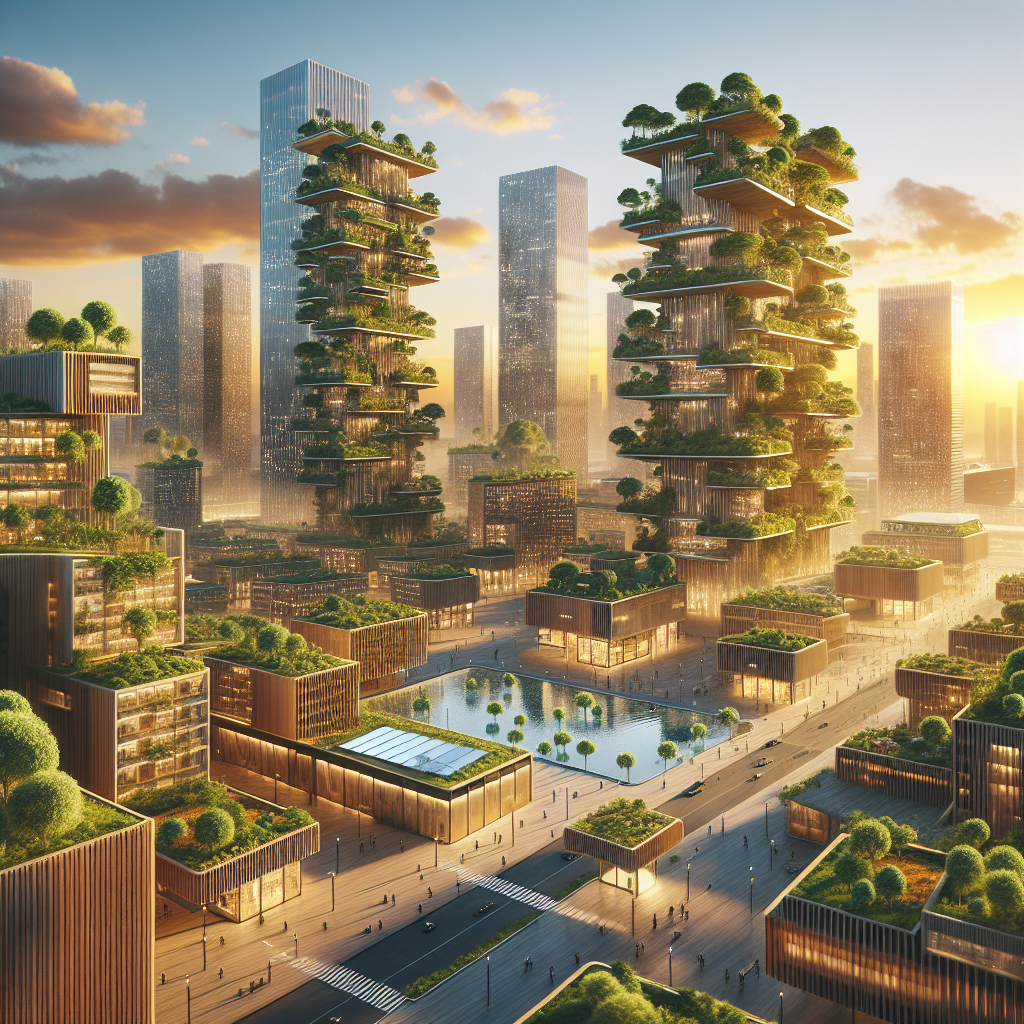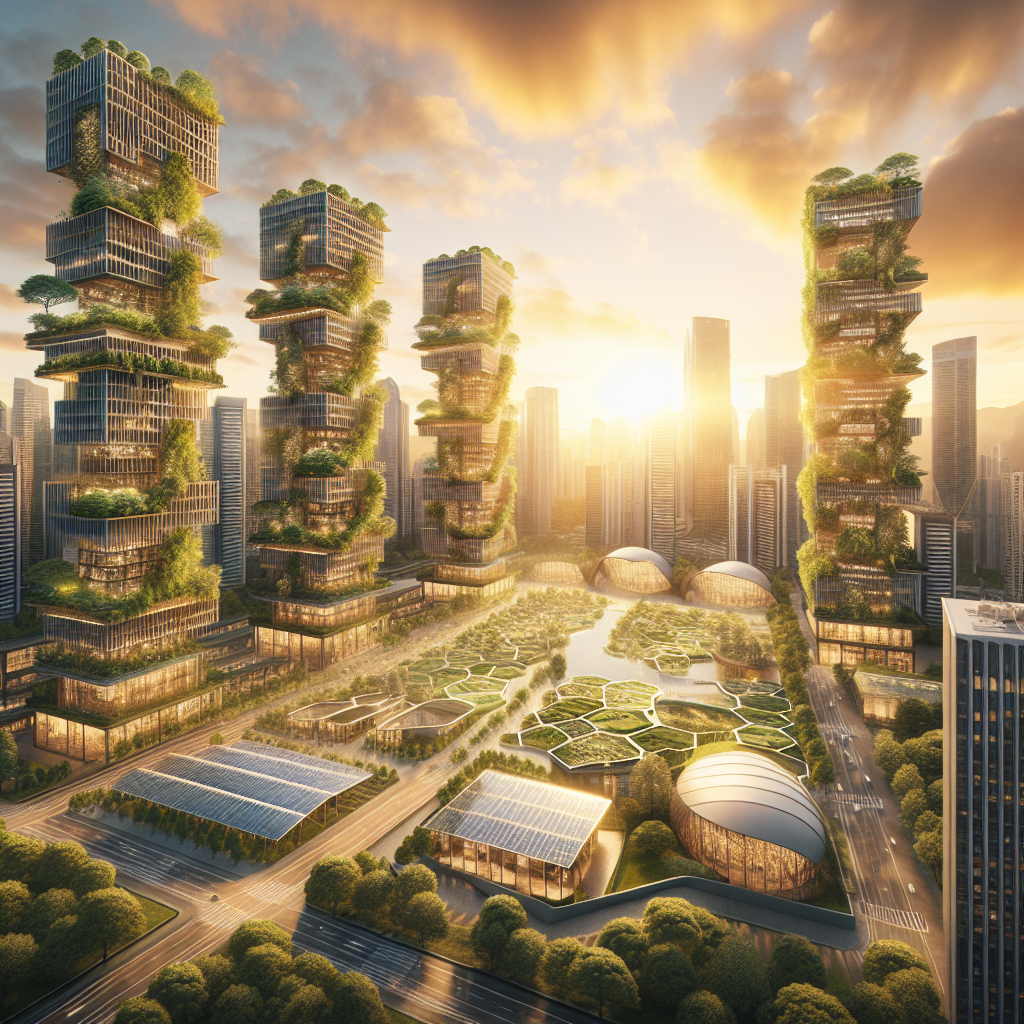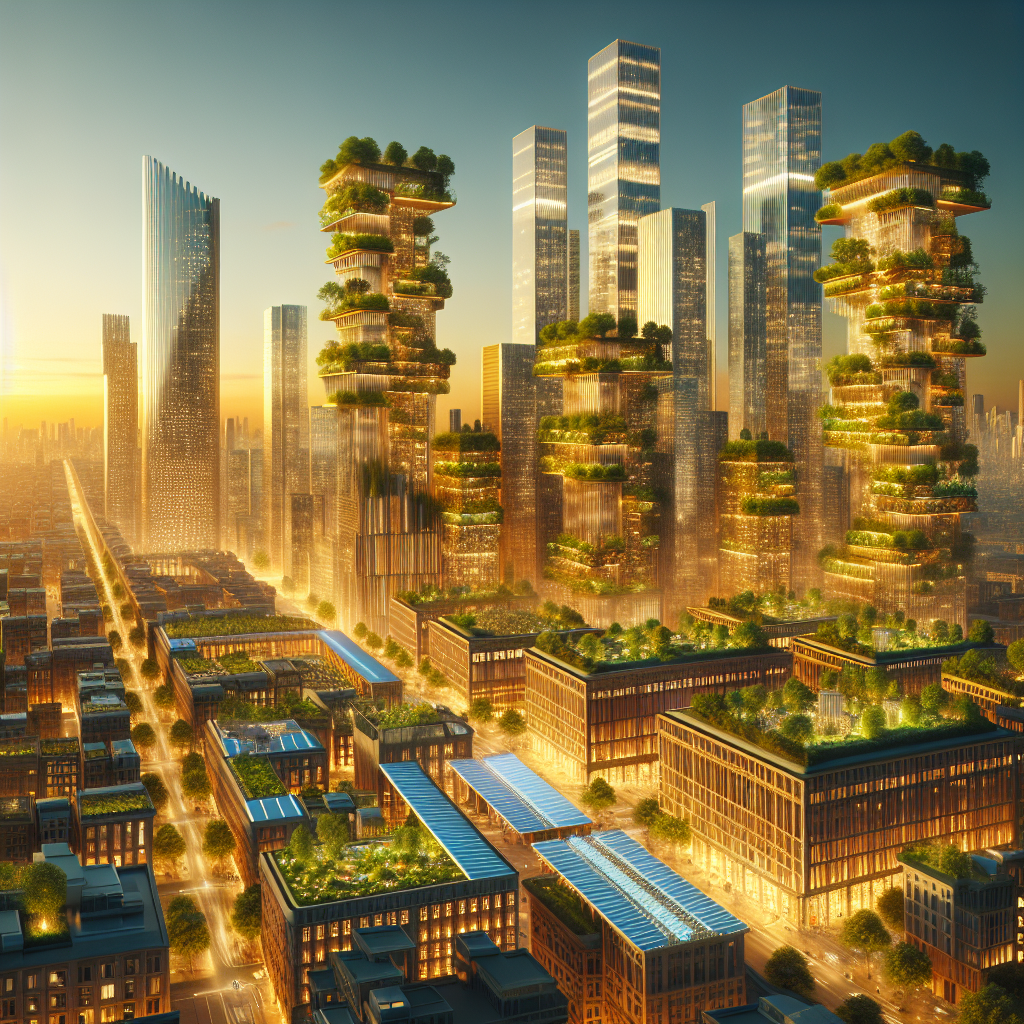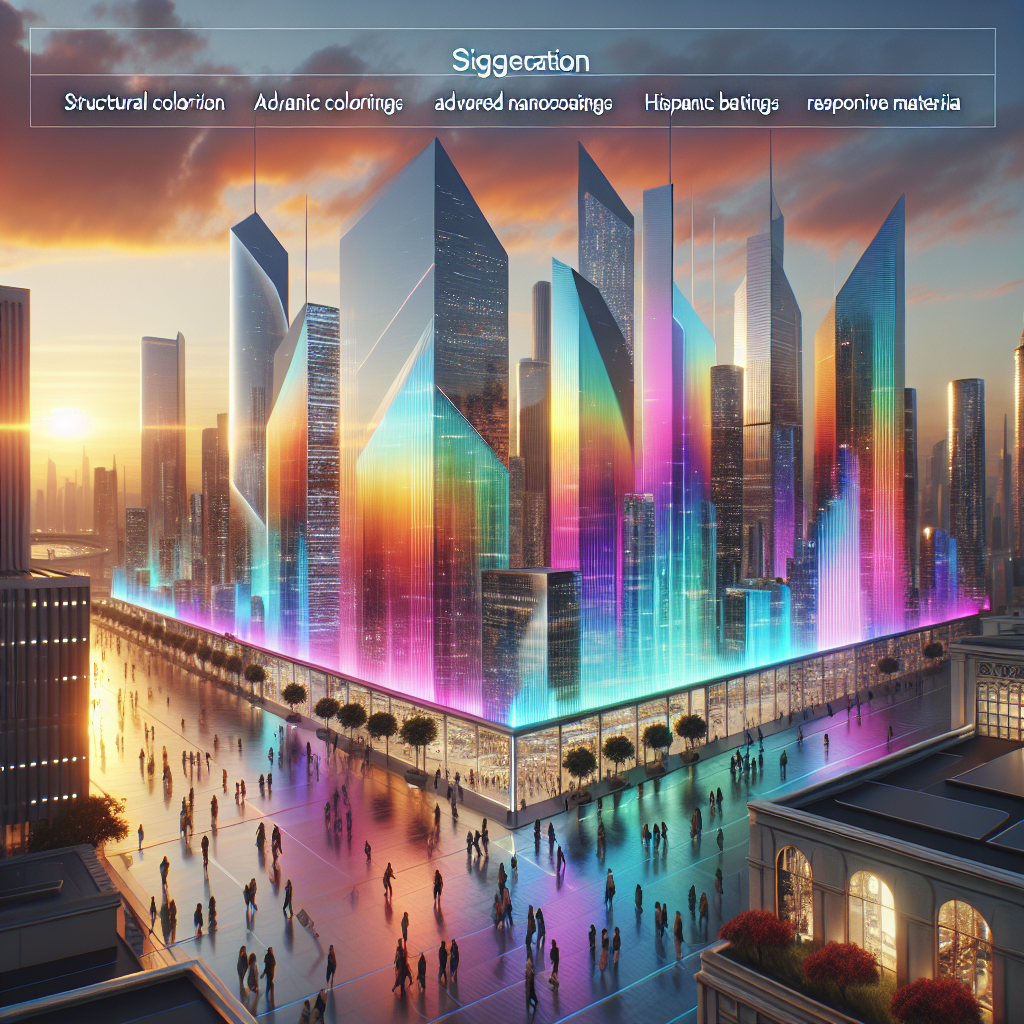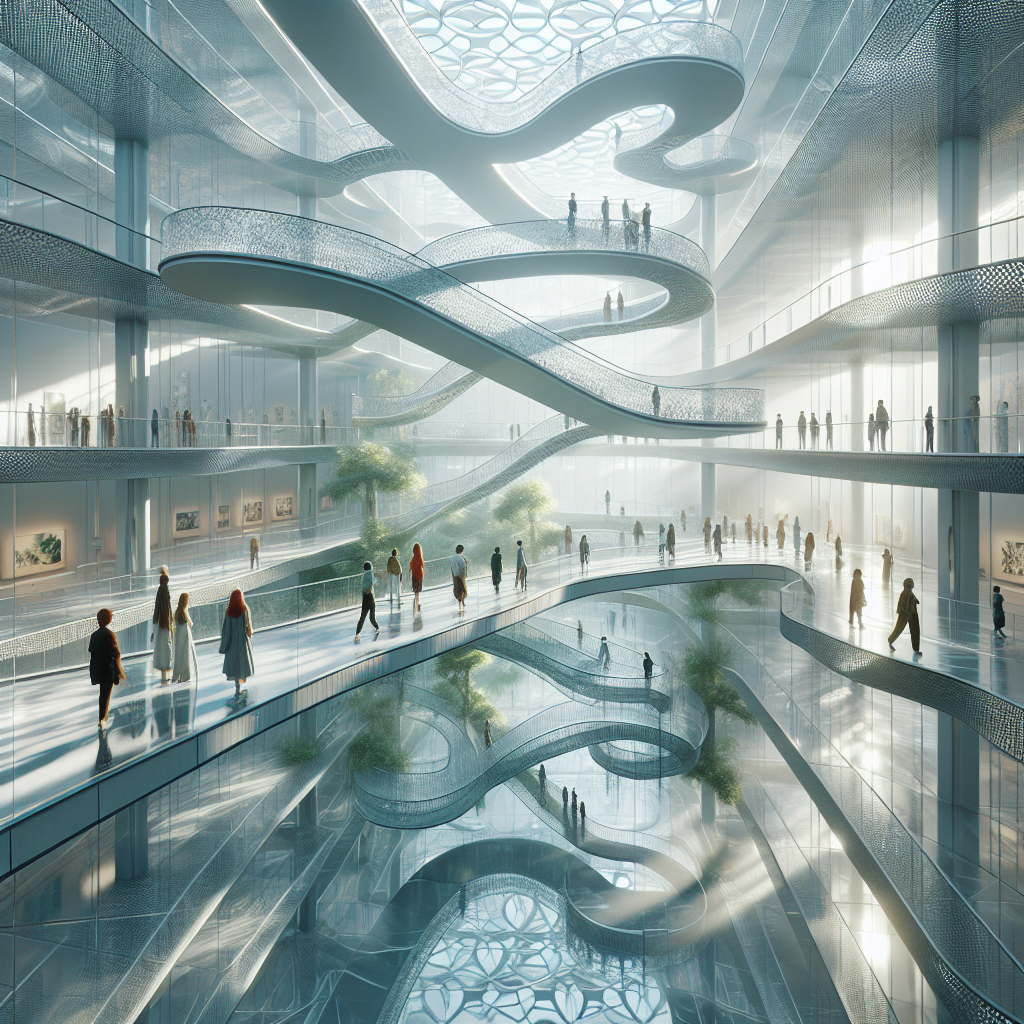Sustainable Architecture: Designs for an Eco-Friendly Future
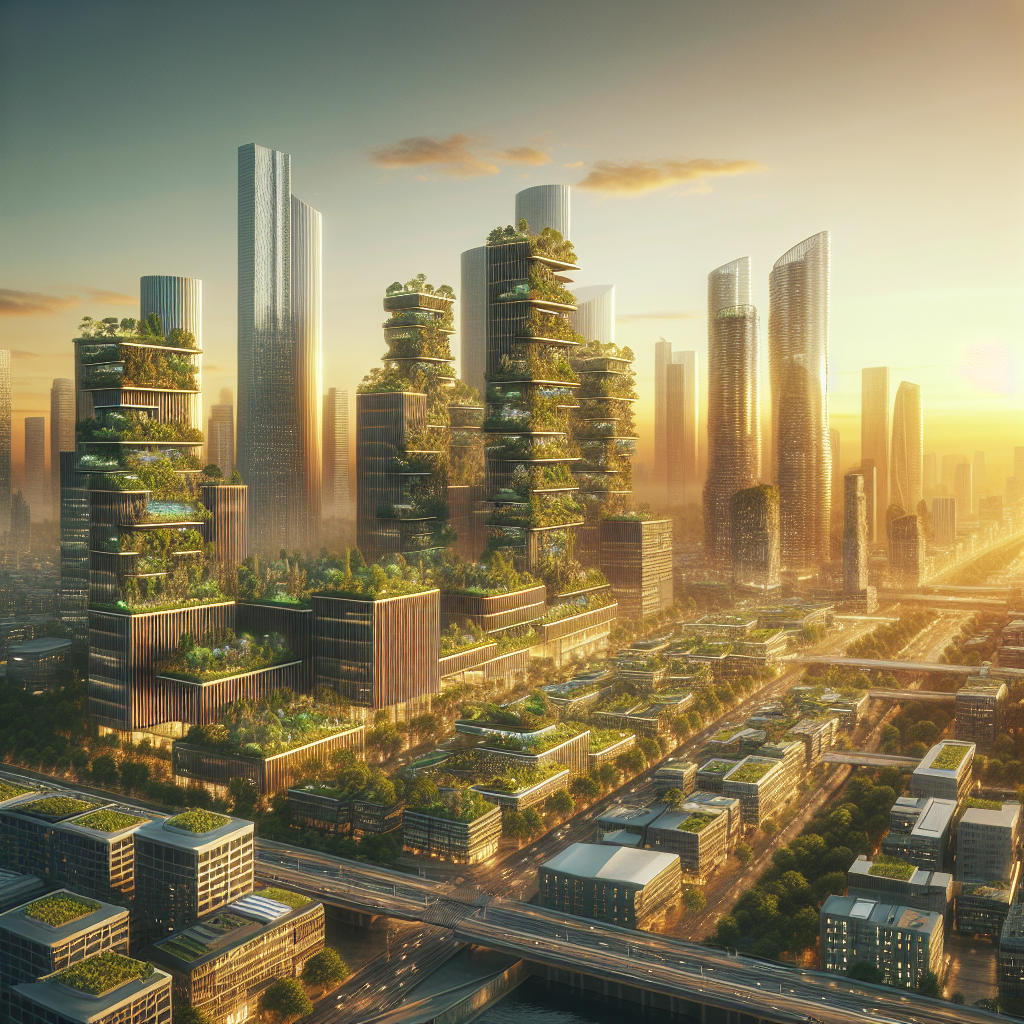
Sustainable Architecture: Designs for an Eco-Friendly Future
In an era where climate change and environmental degradation are pressing global concerns, sustainable architecture emerges as a beacon of hope, reshaping our built environment into a harmonious coexistence with nature. Architects and designers worldwide are pioneering innovative, eco-friendly designs that not only minimize environmental impact but also enhance human well-being. From biophilic interiors to biodegradable structures, sustainable architecture is not merely a trend—it’s a necessary evolution toward a resilient future.
Embracing Nature: The Rise of Biophilic Design
One of the most compelling movements within sustainable architecture is biophilic design, which integrates natural elements into urban spaces to foster human health and emotional well-being. This design philosophy emphasizes the inherent human connection to nature, employing organic materials, abundant greenery, and natural lighting to create serene and restorative environments.
Recent studies indicate that biophilic elements significantly reduce stress, improve cognitive function, and enhance overall happiness. For instance, the Bosco Verticale in Milan, Italy, exemplifies biophilic architecture, with its twin residential towers adorned with lush vertical forests. This innovative approach not only enriches urban biodiversity but also improves air quality and provides residents with a profound connection to nature. For an in-depth exploration of biophilic design’s impact on human health, see our article on Biophilic Design and Its Impact on Human Health and Well-being.
Wooden Skyscrapers: Timber’s Triumphant Return
Another exciting frontier in sustainable architecture is the resurgence of timber as a primary construction material. Once overshadowed by steel and concrete, timber is making a triumphant return, particularly in high-rise construction. Modern engineered wood products, such as cross-laminated timber (CLT), offer remarkable strength, fire resistance, and carbon sequestration capabilities, making them ideal for sustainable skyscrapers.
Projects like Norway’s Mjøstårnet, currently the world’s tallest timber building, showcase the potential of wooden skyscrapers. Standing at 85 meters, this 18-story marvel not only captures carbon dioxide but also boasts exceptional thermal insulation and aesthetic warmth. Timber structures, beyond their environmental advantages, provide occupants with inviting, human-centric spaces that foster comfort and creativity. Discover more about this trend in our feature on Wooden Skyscrapers: The Rise of Timber in High-Rise Construction.
Net-Zero Energy Buildings: Designing for a Carbon-Free Future
As global energy demands soar, architects are increasingly turning to net-zero energy buildings—structures designed to produce as much energy as they consume. Utilizing renewable energy sources, advanced insulation techniques, and smart energy management systems, these buildings represent the pinnacle of sustainable architecture.
The Edge in Amsterdam, often hailed as the world’s greenest office building, exemplifies net-zero design. Equipped with solar panels, rainwater harvesting systems, and intelligent sensors that optimize energy usage, The Edge achieves remarkable energy efficiency while providing occupants with an exceptionally comfortable workspace. For further insights into achieving net-zero without compromising creative integrity, explore our article The Path to Net-Zero for the Fields of Design and Architecture.
Biodegradable Architecture: Building a Sustainable Future
In a groundbreaking move toward circular economy principles, biodegradable architecture is gaining momentum. This innovative approach utilizes organic, compostable materials that naturally decompose at the end of their lifecycle, significantly reducing construction waste and environmental impact.
The Hy-Fi Pavilion in New York, constructed from biodegradable bricks made of mushroom mycelium and agricultural waste, demonstrates the immense potential of this approach. These bricks are not only strong and insulating but also entirely compostable, embodying the principles of sustainability and circularity. Delve deeper into this fascinating topic in our exploration of Building a Sustainable Future: The Rise of Biodegradable Architecture.
Adaptive Reuse: Transforming the Past for a Sustainable Future
Adaptive reuse, the practice of repurposing existing structures for new functions, is another critical strategy in sustainable architecture. By breathing new life into abandoned or underutilized buildings, architects preserve cultural heritage, reduce construction waste, and minimize the environmental footprint associated with new developments.
One notable example is London’s Tate Modern, a former power station transformed into a world-renowned art gallery. This adaptive reuse project not only preserved the iconic industrial architecture but also revitalized the surrounding community, proving that sustainability and cultural preservation can coexist harmoniously. For more inspiring examples, visit our feature on Adaptive Reuse: Transforming Abandoned Buildings into New Spaces.
Green Roofs: Transforming Urban Landscapes
Green roofs, or rooftop gardens, are revolutionizing urban landscapes by introducing greenery into densely populated cities. These living roofs offer numerous environmental benefits, including improved air quality, reduced urban heat island effects, and enhanced stormwater management.
Chicago’s City Hall rooftop garden, spanning over 20,000 square feet, exemplifies the transformative potential of green roofs. Featuring native plants, grasses, and trees, this verdant oasis significantly reduces energy consumption by insulating the building and absorbing rainwater. Explore more about this urban innovation in our detailed analysis of Green Roofs: How Rooftop Gardens Are Transforming Urban Landscapes.
Biomimicry: Nature-Inspired Innovations in Architecture
Finally, biomimicry—design inspired by nature’s forms, processes, and ecosystems—is emerging as a powerful tool in sustainable architecture. By emulating nature’s efficiency and resilience, architects create innovative solutions that address complex environmental challenges.
The Eastgate Centre in Harare, Zimbabwe, designed by architect Mick Pearce, is a prime example of biomimicry in action. Inspired by termite mounds, the building employs passive cooling techniques that drastically reduce energy consumption. This ingenious design underscores the immense potential of biomimicry to revolutionize sustainable architecture. For further exploration, refer to the comprehensive Wikipedia entry on Biomimicry.
Shaping an Eco-Friendly Future
Sustainable architecture is no longer a niche pursuit; it is an essential component of our collective future. By embracing biophilic design, wooden skyscrapers, net-zero energy buildings, biodegradable materials, adaptive reuse, green roofs, and biomimicry, architects and designers are crafting a built environment that respects nature, promotes human well-being, and ensures a resilient, eco-friendly future.
As we continue to face unprecedented environmental challenges, sustainable architecture provides a clear path forward, inspiring us to reimagine our cities and communities in harmony with the natural world.
